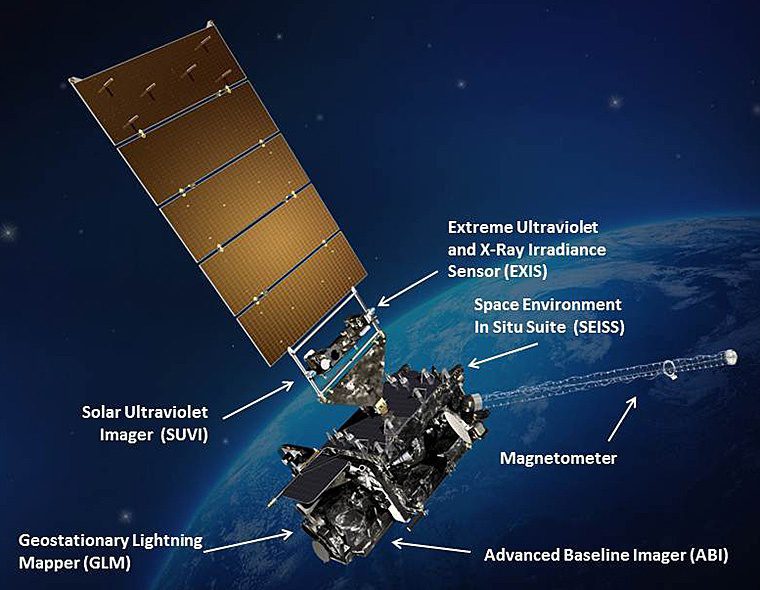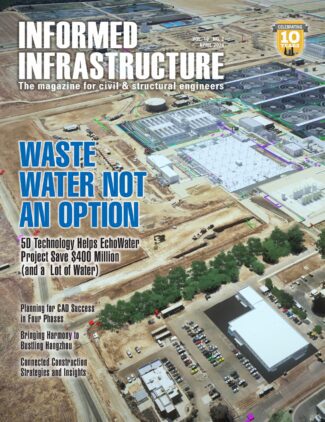Planned for launch on Oct. 13, 2016, the Geostationary Operational Environmental Satellite-R Series (GOES-R or GOES-16 as it will be known once operational), is the first of a new generation of geostationary weather satellites that will include GOES-S, T and U.


